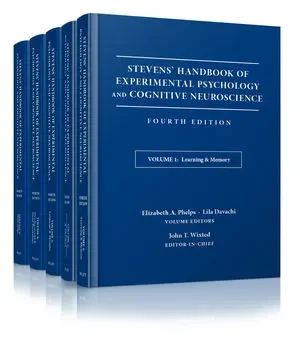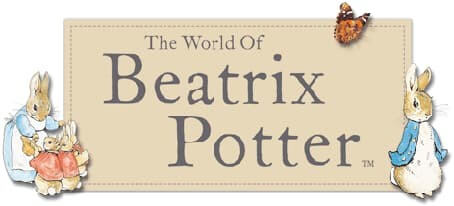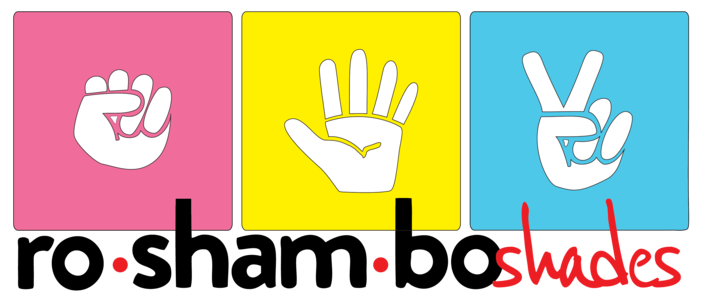
The Album of the World Emperor
Smartfox Books Code: PR8915
"The Album of the World Emperor" is an extraordinary manuscript that offers a unique glimpse into the artistic and cultural achievements of the Ottoman Empire during the 16th century. This album, often associated with the sultans of the Ottoman court, is a masterpiece of Islamic art, containing intricate calligraphy, exquisite miniature paintings, and other decorative elements that exemplify the sophistication of Ottoman artistic traditions.
Compiled during the height of the Ottoman Empire, "The Album of the World Emperor" is believed to have been created for a sultan, reflecting the grandeur and imperial aspirations of the Ottoman rulers. The album serves as both a cultural artifact and a work of art, providing insights into the aesthetics, religious influences, and political symbolism of the time.
This historic album is not only a testament to the skill and creativity of Ottoman artists but also a valuable resource for scholars, historians, and art enthusiasts interested in the rich cultural heritage of the Islamic world. The album is part of a larger tradition of imperial albums that were used to convey the power and authority of the sultan, making it an important piece of historical documentation as well.
Key Features:
-
Ottoman Art Masterpiece: "The Album of the World Emperor" is a significant example of 16th-century Ottoman art, showcasing
the mastery of calligraphy, miniature painting, and decorative arts in the Islamic world.
-
Cultural and Historical Significance: The album provides insights into the cultural and political environment of the
Ottoman Empire, reflecting the imperial power and artistic achievements of the sultans.
-
Exquisite Miniature Paintings: The album contains detailed miniature paintings that depict various scenes, including
courtly life, religious motifs, and symbolic representations, all rendered with exceptional skill and attention to detail.
-
Islamic Calligraphy: The calligraphy in the album is a highlight, featuring some of the finest examples of Ottoman script,
often adorned with intricate patterns and designs.
-
Imperial Album Tradition: "The Album of the World Emperor" is part of a broader tradition of imperial albums, which were
used by Ottoman sultans to document their reign and convey their authority.
-
Historic Manuscript: As a historic manuscript, the album is a valuable primary source for understanding the art, culture,
and history of the Ottoman Empire.
-
Scholarly Resource: The album is an important resource for scholars studying Islamic art, Ottoman history, and the cultural
exchanges between the Ottoman Empire and other regions.
-
Rich Visual Content: The album's rich visual content provides a window into the artistic techniques and materials used by
Ottoman artists, offering inspiration for contemporary art and design.
-
Preservation of Cultural Heritage: "The Album of the World Emperor" is a key piece in the preservation of Ottoman cultural
heritage, ensuring that the artistic achievements of the past continue to be recognized and studied.
-
For Art and History Enthusiasts: This album is a must-see for anyone interested in the intersection of art, history, and
culture, offering a deep dive into one of the most fascinating periods of the Islamic world.
Explore the grandeur and artistic mastery of the Ottoman Empire with "The Album of the World Emperor." This historic manuscript is a treasure trove of art, culture, and history, providing a unique and captivating look at the legacy of one of the world's greatest empires. Whether you are a scholar, historian, or art enthusiast, this album offers an invaluable glimpse into the world of the Ottoman sultans.
Description:The first study of album-making in the Ottoman empire during the seventeenth century, demonstrating the period's experimentation, eclecticism, and global outlook
The Album of the World Emperor examines an extraordinary piece of art: an album of paintings, drawings, calligraphy, and European prints compiled for the Ottoman sultan Ahmed I (r. 1603-17) by his courtier Kalender Pasa (d. 1616). In this detailed study of one of the most important works of seventeenth-century Ottoman art, Emine Fetvaci uses the album to explore questions of style, iconography, foreign inspiration, and the very meaning of the visual arts in the Islamic world.
The album's thirty-two folios feature artworks that range from intricate paper cutouts to the earliest examples of Islamic genre painting, and contents as eclectic as Persian and Persian-influenced calligraphy, studies of men and women of different ethnicities and backgrounds, depictions of popular entertainment and urban life, and European prints depicting Christ on the cross that in turn served as models for apocalyptic Ottoman paintings. Through the album, Fetvaci sheds light on imperial ideals as well as relationships between court life and popular culture, and shows that the boundaries between Ottoman art and the art of Iran and Western Europe were much more porous than has been assumed. Rather than perpetuating the established Ottoman idiom of the sixteenth century, the album shows that this was a time of openness to new models, outside sources, and fresh forms of expression.
The product may be provided by a different brand of comparable quality.
The actual product may vary slightly from the image shown.
Shop amazing plants at The Node – a top destination for plant lovers

















.jpg)
















































ulva-Logo.jpg)
